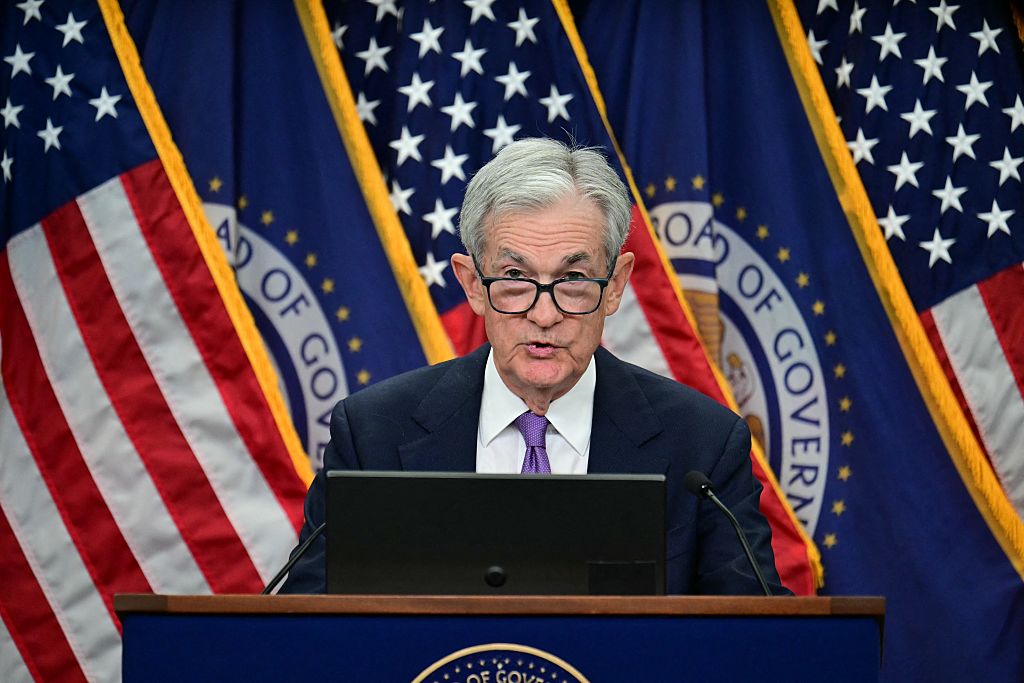Boost the Returns on Your Cash in Retirement
Safe places to stash your cash, from money market funds to stable value funds, are yielding more than they have in years. It pays for retirees to look around.


You can be forgiven if you have ignored your safe-haven investments for the past few years. In brokerage sweep accounts, money-market mutual funds and other ultra-conservative vehicles available in brokerage and retirement accounts, yields have generally been laughably low–and the gaps between them trivial. But now, the question of where to stash cash is starting to get serious again.
2017 was really the first year in almost a decade that it mattered where you had your cash, says Peter Crane, president of money-fund tracker Crane Data. As the Federal Reserve raises rates, yields on safe-haven holdings get a boost.
The rising tide lifts some boats much faster than others. The yield on the average brokerage sweep account is stuck at roughly 0.1%, according to Crane Data. But yields on many money market funds have now climbed well above 1%, after scraping along near zero for much of the past decade. And stable value funds, which are available in 401(k)s and other savings plans, yield roughly 2% and are inching higher.
From just $107.88 $24.99 for Kiplinger Personal Finance
Become a smarter, better informed investor. Subscribe from just $107.88 $24.99, plus get up to 4 Special Issues

Sign up for Kiplinger’s Free Newsletters
Profit and prosper with the best of expert advice on investing, taxes, retirement, personal finance and more - straight to your e-mail.
Profit and prosper with the best of expert advice - straight to your e-mail.
Choosing an ultra-conservative investment, of course, isn't just about yield–it's also about safety. Here are the risks and other factors to weigh as you look for better returns beyond the bank. (For information on bank products, see Get the Best Rates on Cash Holdings.)
Money Funds for Your Cash
If your brokerage firm automatically transfers your cash into the default sweep account, you may want to review your options. The average sweep vehicle with federal deposit insurance offers a paltry 0.11%, according to Crane Data, up from 0.01% at the start of 2017.
Money market funds can be much more rewarding. But under new regulations that took effect in late 2016, money funds can impose a fee of up to 2% on all redemptions or suspend withdrawals for up to 10 business days if the fund's "weekly liquid assets"–those that can be converted to cash within one week–fall below 30% of total assets. That's unlikely but not impossible. During the financial crisis, trading in many money market fund holdings was virtually frozen.
For some investors, the whole purpose of a money market fund is to have instant access to cash–making potential withdrawal restrictions a non-starter. These investors might instead consider government money market funds, which are not required to impose withdrawal restrictions, or ultra-short term bond funds (more below).
Stable Value Funds
Stable value funds can deliver even better returns. These funds typically combine a portfolio of bonds with bank or insurance-company "wrap" contracts. The insurance wrapper allows the fund to maintain a relatively steady value, even as the market value of its bond holdings fluctuates.
Stable value funds tracked by Hueler Companies, an independent research firm in Minneapolis, delivered an average return of 1.96% in 2017. As short-term rates climb, "you won't see a sharp response from stable value as you would from money market funds," says Kelli Hueler, the firm's chief executive officer, but stable value returns should climb gradually. The average yield in late 2017 was roughly 2.1%, according to Hueler, up from about 1.8% a year earlier.
But these funds can also come with restrictions. In many cases, investors cannot move money directly from a stable value fund to a "competing" fund, such as a money market fund or short-term bond fund.
If you need instant access to your money, a money market fund may be more appropriate, Hueler says. But if you're looking for stable income over the longer term–perhaps three to 10 years–she says, "stable value makes tremendous sense."
Search for Yield Safely
Among money market funds, "prime" funds—those that hold corporate debt—typically offer the highest yields. Vanguard Prime Money Market Investor (VMMXX), for example, yields 1.42%.
Government money funds’ yields are lower but still respectable. Fidelity Government Cash Reserves (FDRXX), for example, yields 0.99%.
If your time horizon is two years or longer, consider an ultra-short term bond fund. Fidelity Conservative Income Bond (FCONX), for example, yields 1.3%.
Profit and prosper with the best of Kiplinger's advice on investing, taxes, retirement, personal finance and much more. Delivered daily. Enter your email in the box and click Sign Me Up.

-
 Is Home Insurance Tax Deductible?
Is Home Insurance Tax Deductible?With home insurance rates on the rise, you might be hoping to at least claim the cost as a tax deduction. Here's what you need to know ahead of tax season.
-
 The December Jobs Report Is Out. Here's What It Means for the Next Fed Meeting
The December Jobs Report Is Out. Here's What It Means for the Next Fed MeetingThe December jobs report signaled a sluggish labor market, but it's not weak enough for the Fed to cut rates later this month.
-
 Trump Signals Plan to Ban Institutional Investors From Buying Single-Family Homes
Trump Signals Plan to Ban Institutional Investors From Buying Single-Family HomesThe president says the move could improve housing affordability. Here’s what the data shows about investor ownership, recent buying trends and what it could mean for homebuyers.
-
 The December Jobs Report Is Out. Here's What It Means for the Next Fed Meeting
The December Jobs Report Is Out. Here's What It Means for the Next Fed MeetingThe December jobs report signaled a sluggish labor market, but it's not weak enough for the Fed to cut rates later this month.
-
 The November CPI Report Is Out. Here's What It Means for Rising Prices
The November CPI Report Is Out. Here's What It Means for Rising PricesThe November CPI report came in lighter than expected, but the delayed data give an incomplete picture of inflation, say economists.
-
 The Delayed November Jobs Report Is Out. Here's What It Means for the Fed and Rate Cuts
The Delayed November Jobs Report Is Out. Here's What It Means for the Fed and Rate CutsThe November jobs report came in higher than expected, although it still shows plenty of signs of weakness in the labor market.
-
 December Fed Meeting: Updates and Commentary
December Fed Meeting: Updates and CommentaryThe December Fed meeting is one of the last key economic events of 2025, with Wall Street closely watching what Chair Powell & Co. will do about interest rates.
-
 What Fed Rate Cuts Mean For Fixed-Income Investors
What Fed Rate Cuts Mean For Fixed-Income InvestorsThe Fed's rate-cutting campaign has the fixed-income market set for an encore of Q4 2024.
-
 The Delayed September Jobs Report Is Out. Here's What It Means for the Fed
The Delayed September Jobs Report Is Out. Here's What It Means for the FedThe September jobs report came in much higher than expected, lowering expectations for a December rate cut.
-
 October Fed Meeting: Updates and Commentary
October Fed Meeting: Updates and CommentaryThe October Fed meeting is a key economic event, with Wall Street turned into what Fed Chair Powell & Co. did about interest rates.
-
 The Delayed September CPI Report is Out. Here's What it Signals for the Fed.
The Delayed September CPI Report is Out. Here's What it Signals for the Fed.The September CPI report showed that inflation remains tame – and all but confirms another rate cut from the Fed.